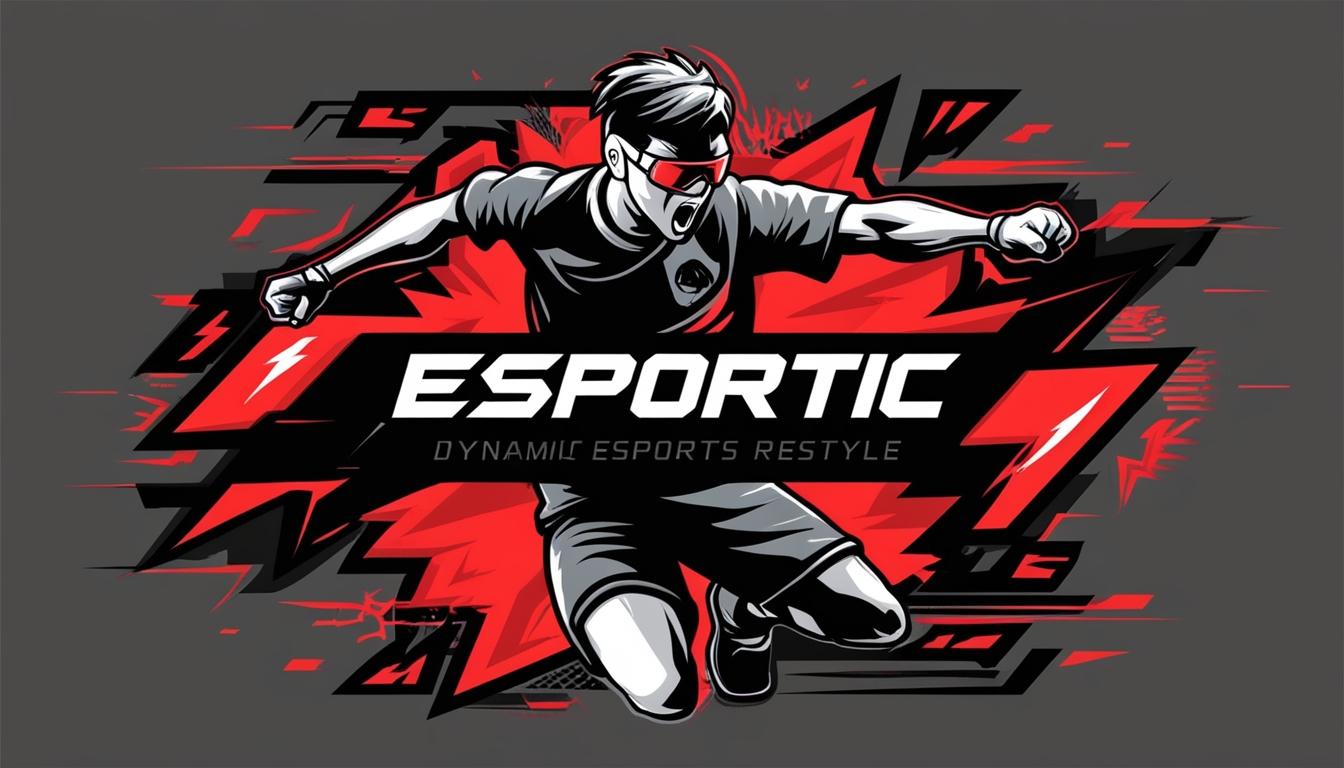The esports industry is experiencing a resurgence after a challenging couple of years, with executives expressing optimism for growth in 2025. Following a downturn in 2023, referred to as the "esports winter," the sector has seen a revival in 2024, driven largely by the return of brands and the introduction of new revenue-sharing programs from game publishers.
Throughout 2023, many advertisers and investors exited the competitive gaming sector, prompting organisations to explore various strategies to remain viable. However, recent trends indicate a rebounding landscape. The resurgence has been attributed to significant investments, notably from the Saudi Arabian government, and the success of major events such as the Esports World Cup, held in Riyadh over the summer.
Esports industry leaders, when surveyed by Digiday, expressed considerable enthusiasm for the upcoming Olympics Esports Games touted by the International Olympic Committee (IOC). The inaugural event is scheduled to take place in 2025 in Riyadh, with future editions planned regularly for the subsequent 12 years. This official IOC-sanctioned event signals a growing cultural acceptance and integration of esports into mainstream activities, potentially rejuvenating previously lucrative revenue streams associated with broadcast rights.
Hicham Chahine, CEO of the esports team Ninjas in Pyjamas, remarked, “You have IOC-sanctioned events; the Esports World Cup is doing their events, as are ‘League of Legends.’ As the product is growing, mobile games are coming into play at a significantly larger level.” This sentiment reflects a broader belief within the industry that with the increasing popularity of esports, traditional broadcasting and other streaming platforms will also witness a revival.
In addition to the introduction of major events, another key trend influencing the esports landscape is the rise of co-streaming. This practice permits prominent livestreamers to host their own broadcasts during esports tournaments, thereby significantly increasing event viewership. Chris DeAppolonio, CEO of Evil Geniuses, highlighted the dual nature of co-streaming: “Co-streaming is a positive and a negative. It’s awesome from the idea of diversification of the fan base... But, at the end of the day, the tournament organizers or broadcasters don’t really own the eyeballs.”
As the industry continues to adapt, co-streaming has cemented its place as a norm in esports, facilitating record viewership for events such as the "Rainbow Six" Invitational and PGL's "Counter-Strike" majors over the past year. Riot Games' president of publishing and esports, John Needham, noted that co-streaming has become a significant revenue driver, contributing nearly 50 percent of their earnings from major titles like "League of Legends" and "Valorant."
Despite a generally positive outlook for the sector, 2024 also saw continued consolidation among esports organisations. Approximately 20 percent of gaming transactions were focused on esports, as smaller companies merged or were acquired by larger entities to optimise resources and scale operations. High-profile transactions included the sale of Guild Esports to DCB Sports and the acquisition of Beastcoast by M80.
As the new year approaches, industry experts predict that consolidation will persist, particularly threatening mid-sized organisations that do not possess a distinct brand identity or multi-game presence. Nicolas Maurer, CEO of Team Vitality, asserts that the future will likely see fewer mid-tier organisations, stating, “The orgs that can thrive are the top orgs, the multi-gaming orgs that are supported by strong investment: G2, Liquid, Na’Vi, Vitality.” As esports evolves, it is expected that these tier one organisations will continue to dominate the landscape, navigating the challenges ahead while capitalising on emerging opportunities in the industry.
Source: Noah Wire Services
